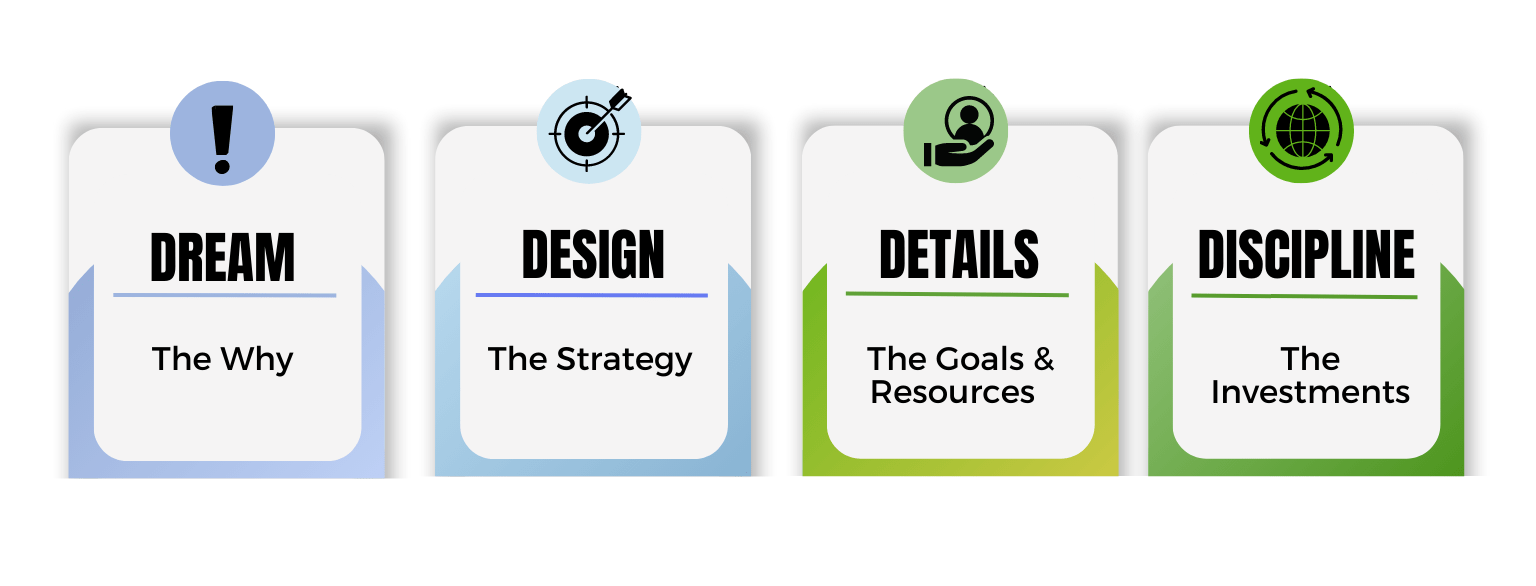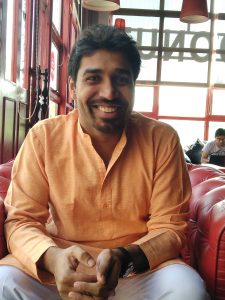
Mastering the 4Ds for Navigating Societal Change
Humanity has been on an aeroplane, flying towards its destination – the universal aspirations of peace, prosperity and proprietary, for about 10,000 years now. For a long time, we have been under the assumption that this aeroplane is running and will continue to operate on just two engines – the Government (Sarkaar) and the Business (Bazaar). Government shall ensure peace and Business will create prosperity.
However, there are two other important engines – the Community (Samaaj) and the Family (Parivaar). Among these, the Social Sector’s role has emerged to be of building propriety. Propriety refers to the protection of the most vulnerable – children, disadvantaged backgrounds, people with disabilities, etc.
Humanity’s journey is long and an arduous one. Rather than just being dependent on the pilot’s navigation skills, every passenger now must contribute to reach the destination. Very few pilots will have the stamina. All actors need to work together to sustain the energy and creativity required for the journey. That is the role the social sector has to play – activating all passengers.
How can the organisations in the Social Sector aid the journey?
By carefully defining its four Ds – Dream, Design, Details and Discipline.

Dream is the ‘why’ of an organisation, its aspiration.
Design is the ‘strategy’ – defining the target audience, offers, modes of delivery.
Details are the goals and resources – human and capital resources, plan of action, milestones and timelines.
Discipline includes the investments – relationships that need to be activated, ecosystems required, designing incentives and culture of the organisation.
Mastering the 2nd D – Design
The design aspect can be addressed through a pre-mortem – asking for feedback on design. Others in the ecosystem, even family and friends, can analyse the design and list three avenues for it to fail. Using these stories, better offers can be built.
The design must also include the use of cyber capital. Today, companies like Amazon, Google, Netflix, Tesla – which are cyber capital companies – are the most valuable. The more cyber capital is used, the better it gets (think of Wikipedia). It turbo charges or hyper-scales the way information flows in an ecosystem. And for the education space, which is humanity’s life blood, something that nurtures it, cyber capital enables us to learn from each other, rather than just being dependent on the genetic learning provided by nature.
Once the design is defined, the organisations must focus on the discipline.
Mastering the 4th D – Discipline
First thing is stamina! Any change needs at least 1 generation or maybe 2-4 generations to realise. Therefore the organisation should have 25-100 years worth of stamina for change. Remember that one does not have to run the whole marathon, but a sprint in one’s own leg and the baton is passed.
And all of this will be enabled on an individual level through good habits. Physical habits of sufficient exercise, sleep, nutrition, prayer and meditation. And social habits of healthy interactions, care and time for others, honesty, apology and forgiveness.
Sense of community
A good rank to them was an achievement that would be celebrated along with everyone they worked with – students, staff, parents, and community members. As most school heads extensively collaborate with their school staff for all the work they take up, a ‘rank’ was a great way for them to credit those who are putting their effort into bringing outcomes to their school.
Sense of pride
Many school heads also shared that the school achieving a rank would bring a good reputation to the school in the eyes of the community and would make a solid case to encourage parents to enroll their children in the government school.
Learning from others
A common response to a rank system was that users wanted to learn the best practices from the top-ranked schools to have a learning experience and take those learnings back to their own school teams. This indicates that this solution would be helpful not only for the top scorers but to all of the users.
This is an excerpt from the interaction facilitated by the author with Dr. Subramanian Rangan, Professor of Strategy and Management, INSEAD and ShikshaLokam Advisor at organisations’ Year End Off Site in March 2023.
Meet the Author

Sanjana DM
Sanjana has always been a firm believer in the power of effective design to drive meaningful change. Her interest in travel, music, art & culture inspires her to think beyond the conventional. A former Teach for India fellow, she currently works with ShikshaLokam to design product solutions for education leaders across the country.

Sakshi Rawat
Sakshi is a passionate development sector professional with a deep interest in design thinking, education leadership, working with children from vulnerable communities, and gender and sexuality. As a Program Design & Research Lead at Shikshalokam, she designs innovative and scalable programs for school leaders across Telangana and Punjab, guided by her belief in user-first. Her dedication to creating user-centric solutions has led her to lead multiple prototype exercises and lead qualitative research projects for school leaders at Shikshalokam. When she is not working, you can find Sakshi spending time doing mixed martial arts, traveling, and tending to her kitchen garden.

Luv Kumar
Having fallen in love with stories in his childhood, Luv makes his living as a storyteller. He strongly believes in the power of stories to make this world a better place. Luv currently manages communications at ShikshaLokam to drive collective action for enabling education leadership. He is a Teach for India Alum and has also worked with non profit education startups & media agencies in the past.
